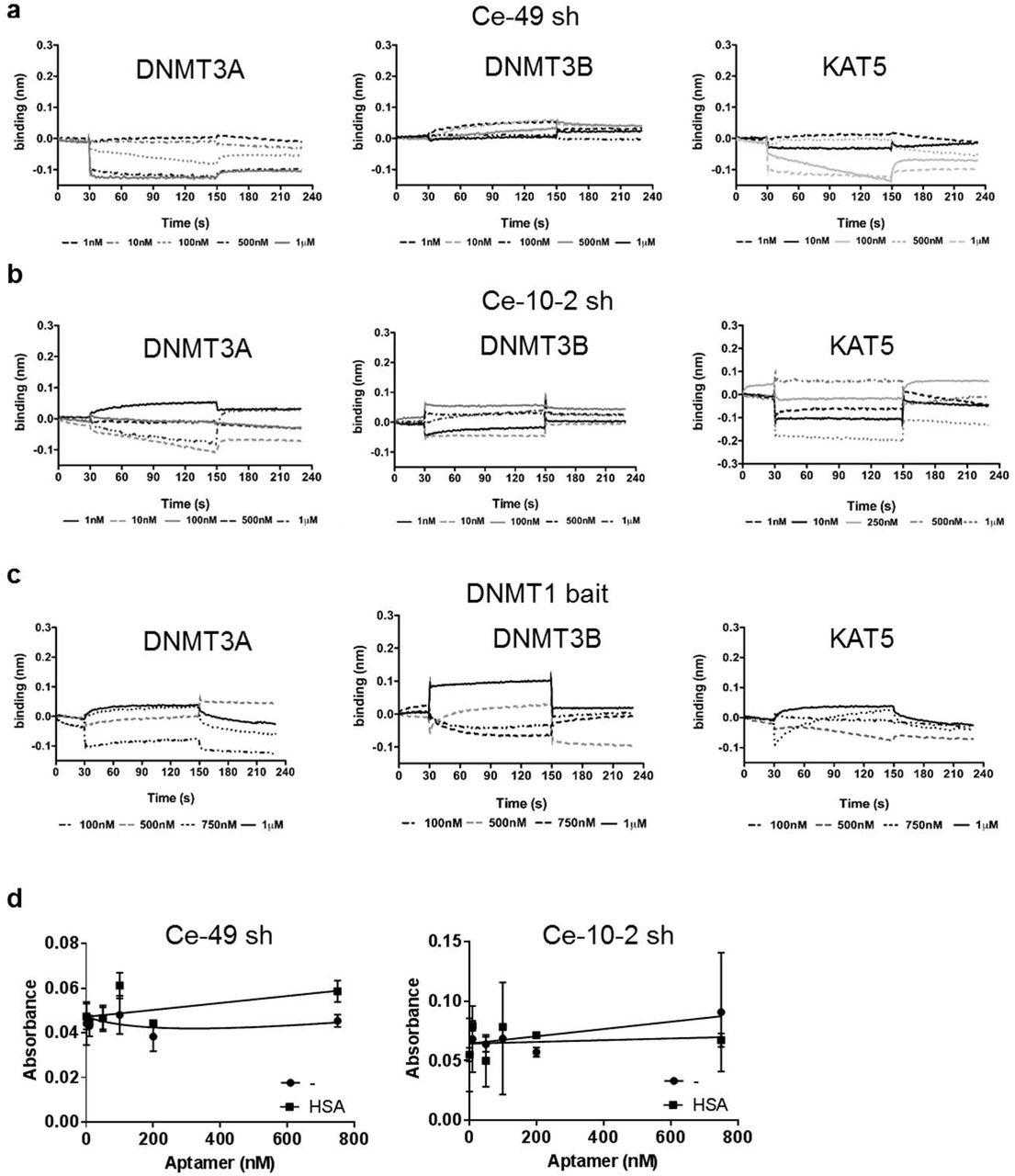Active Recombinant Human KAT5, GST-tagged
| Cat.No. : | KAT5-1350H |
| Product Overview : | Full-length recombinant human KAT5 was expressed by baculovirus in Sf9 insect cells using an N-terminal GST tag. |
| Availability | December 03, 2025 |
| Unit | |
| Price | |
| Qty |
- Specification
- Gene Information
- Related Products
- Citation
- Download
| Species : | Human |
| Source : | Sf9 Cells |
| Tag : | GST |
| Protein Length : | Full length |
| Description : | KAT5 or K (lysine) acetyltransferase 5 is a signaling protein that belongs to the MYST family of histone acetyl transferases (HATs). KAT5 was originally isolated as an HIV-1 TAT-interactive protein that plays an important role in regulating chromatin remodeling, transcription and other nuclear processes by acetylating histone and nonhistone proteins. KAT5 protein is a histone acetylase that is involved in DNA repair and apoptosis and plays an important role in signal transduction. KAT5 acts as a cofactor of TAT that is involved in the regulation of HIV gene expression. KAT5 is also a co-regulator of transcription factors that either promote or suppress tumorigenesis. |
| Form : | Recombinant protein stored in 50mM Tris-HCl, pH 7.5, 50mM NaCl, 10mM glutathione, 0.1mM EDTA, 0.25mM DTT, 0.1mM PMSF, 25% glycerol. |
| Bio-activity : | 30 nmol/min/mg |
| Molecular Mass : | ~88 kDa |
| Purity : | >90% |
| Applications : | Acetyltransferase Assay |
| Storage : | Store at –70°C. For optimal storage, aliquot target into smaller quantities after centrifugation and store at recommended temperature. Avoid freeze/thaw cycles. |
| Concentration : | 0.1 μg/μl |
| Publications : |
Targeted systematic evolution of an RNA platform neutralizing DNMT1 function and controlling DNA methylation (2023)
|
| Gene Name | KAT5 K(lysine) acetyltransferase 5 [ Homo sapiens ] |
| Official Symbol | KAT5 |
| Synonyms | KAT5; K(lysine) acetyltransferase 5; HIV 1 Tat interactive protein, 60kDa , HTATIP; histone acetyltransferase KAT5; cPLA2; ESA1; HTATIP1; K acetyltransferase 5; PLIP; Tat interacting protein; 60kDa; TIP60; K-acetyltransferase 5; cPLA2 interacting protein; lysine acetyltransferase 5; cPLA(2)-interacting protein; 60 kDa Tat-interactive protein; Tat interacting protein, 60kDa; histone acetyltransferase HTATIP; HIV-1 Tat interactive protein, 60kDa; TIP; HTATIP; |
| Gene ID | 10524 |
| mRNA Refseq | NM_001206833 |
| Protein Refseq | NP_001193762 |
| MIM | 601409 |
| UniProt ID | Q92993 |
| Chromosome Location | 11q13 |
| Pathway | ATF-2 transcription factor network, organism-specific biosystem; Androgen Receptor Signaling Pathway, organism-specific biosystem; C-MYC pathway, organism-specific biosystem; HTLV-I infection, organism-specific biosystem; HTLV-I infection, conserved biosystem; IL-9 Signaling Pathway, organism-specific biosystem; Regulation of Androgen receptor activity, organism-specific biosystem; |
| Function | androgen receptor binding; contributes_to histone acetyltransferase activity; metal ion binding; protein binding; repressing transcription factor binding; transcription coactivator activity; transcription coactivator activity; transferase activity, transferring acyl groups other than amino-acyl groups; |
| ◆ Recombinant Proteins | ||
| KAT5-5258H | Recombinant Human KAT5 Protein, GST-tagged | +Inquiry |
| KAT5-2860H | Recombinant Human KAT5 Protein, Myc/DDK-tagged, C13 and N15-labeled | +Inquiry |
| KAT5-2811R | Recombinant Rat KAT5 Protein, His (Fc)-Avi-tagged | +Inquiry |
| KAT5-1347H | Recombinant Human KAT5 Protein, Myc/DDK-tagged, C13 and N15-labeled | +Inquiry |
| KAT5-565HFL | Recombinant Full Length Human KAT5 Protein, C-Flag-tagged | +Inquiry |
| ◆ Cell & Tissue Lysates | ||
| KAT5-5088HCL | Recombinant Human KAT5 293 Cell Lysate | +Inquiry |
| KAT5-5089HCL | Recombinant Human KAT5 293 Cell Lysate | +Inquiry |
Targeted systematic evolution of an RNA platform neutralizing DNMT1 function and controlling DNA methylation
Journal: bioRxiv Data: 2020/7/29
Authors: Esposito CL, Autiero I, Di Ruscio A
Article Snippet:PrePrint: Bio-Layer Interferometry measurements were performed using a BLItz system and AR2G tips (Amine Reactive biosensors of 2nd Generation) (ForteBio Inc).Bio-Layer Interferometry measurements were performed using a BLItz system and AR2G tips (Amine Reactive biosensors of 2nd Generation) (ForteBio Inc).. After pre-hydration for 10 min in PBS buffer, the AR2G tips were efficiently functionalized with DNMT1 (Active Motif), DNMT3A (Abcam), DNMT3B (Abcam) and

( a-c ) Binding measured by bio-layer interferometry of Ce-49 sh ( a ), Ce-10-2 sh ( b ) and DNMT1 bait ( c ) to DNMT3A ( left panels ), DNMT3B ( middle panels ) and
Not For Human Consumption!
Inquiry
- Reviews (0)
- Q&As (0)
Ask a Question for All KAT5 Products
Required fields are marked with *
My Review for All KAT5 Products
Required fields are marked with *



